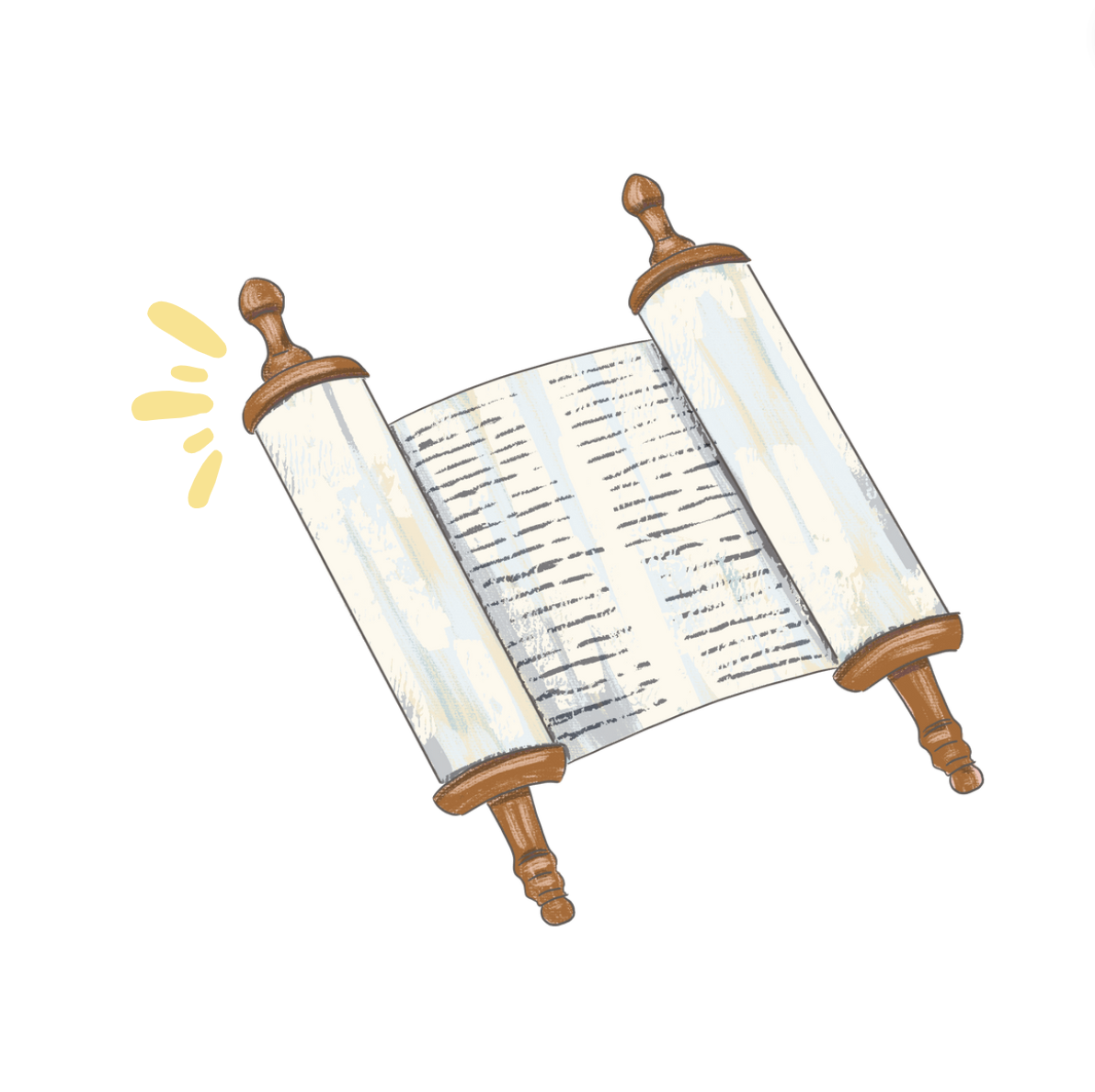Recent JCP Bat Mitzvah Elizabeth Resnick taught about the priestly clothing described in the Book of Exodus a couple of months ago during her service. She encouraged all of us—family, friends, and officiants alike—to consider how our clothes represent our inner selves and the moment for which we’re dressing up. Elizabeth’s Torah portion, Exodus 28:2 instructs Moses to “Make sacral vestments for your brother Aaron, for dignity and adornment.” In this case, Aaron’s clothes and appearance are supposed to embody the dignity and adornment (tiferet) that define his sacred responsibility as the High Priest of the Israelites.
The word “adornment” in that verse, or tiferet in Hebrew, is the third holy characteristic upon which we reflect in the time between Passover and Shavuot. Tiferet can mean beauty or splendor in addition to adornment. Wisdom from the Jewish mystical tradition suggests that tiferet is the sum of the past two weeks’ characteristics, kindness and strength. In this tradition, Elizabeth’s teaching, and the Book of Exodus, beauty is far more than skin deep. The beauty that we can identify with our sight—sacral vestments, the ornaments on the Torah, clothes, and more–are all a manifestation of the internal beauty that flows within each of us and throughout our tradition.
There’s an idea in the Talmud that a Torah scholar’s appearance should represent their inner life. A prominent rabbi from the Talmud named Rabban Gamliel even instituted a rule that to enter his house of study, one’s “inside must be like their outside” (BT Berakhot 28a). Elsewhere, another rabbi from the Talmud named Rava says that any Torah scholar whose inside is not like their outside is not a Torah scholar at all (BT Yoma 72b). Both of these rabbis’ insistence that students of Torah must represent themselves authentically emphasizes the idea that outward appearances are ideally reflections of that which is on the inside.
The sacral vestments represent the beauty of divine service and leadership. Torah ornaments show the splendor that is found within the scrolls themselves. Our clothes, too, can manifest the sacred dignity and beauty inherent to humanity. I’ll leave you with the Jewish blessing for experiencing moments of intense beauty: Baruch Atah Adonai, Eloheinu Melech HaOlam, shekacha lo ba’olamo. Blessed are You God, for these things in the world.
Shabbat shalom,
Jacob

